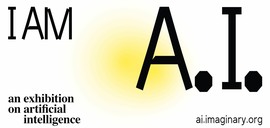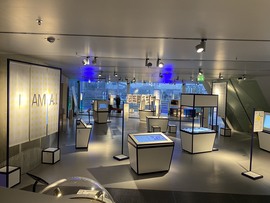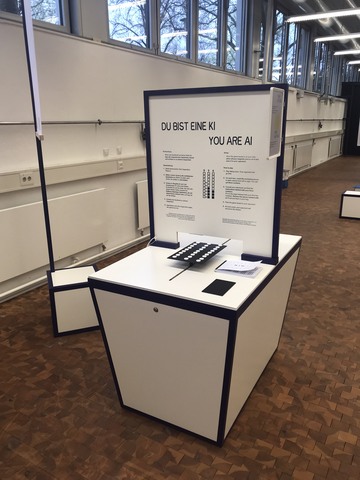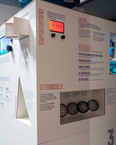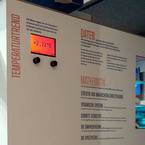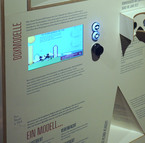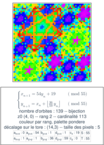A. I. or Artificial Intelligence – a technology that increasingly finds its way into our everyday lives. On the one hand, it can make life easier in certain areas and complement human abilities, but A. I. can also cross boundaries. “I AM A. I. – Artificial Intelligence Explained” addresses questions surrounding A. I.:
Turing Game Table
Programm
Licenses
Source code
Autoren
Mitwirkende
Unterstützt durch
Play as a human or as an artificial intelligence to find out how human thinking differs from how an AI processes things. In which way does the human way of playing differ from the AI’s way of playing? What is the difference between ‘knowing’ and ‘understanding’? Can you develop a winning strategy when playing as a human?
“Can computable machines think?” - The British mathematician and pioneer of Computer Science, Alan Turing, posed this question in 1950. Until today, philosophers are confronted with great difficulty when trying to answer this question. It is often said that machines can only simulate thinking. Even when they beat us in games, we cannot know if they really understand the game’s rules. They only execute instructions stored in a rulebook and cannot develop independent strategies. Neither can they speculate on what our thoughts were when we made a certain move. According to the philosopher John Searle, computers do not possess a certain prerequisite for human thinking - the mental capacity to imagine something in a directed way (‘intentionality’).

